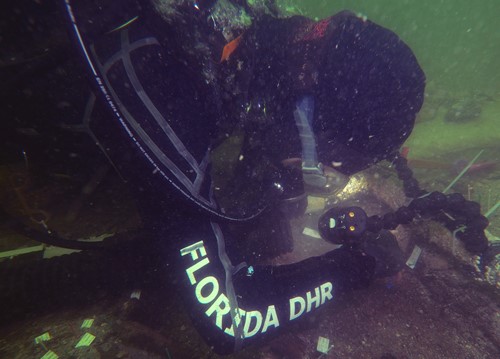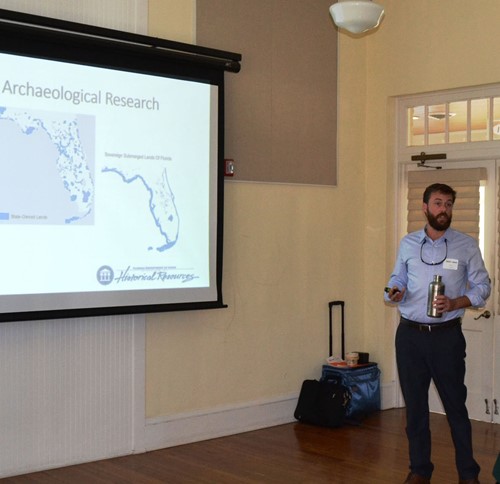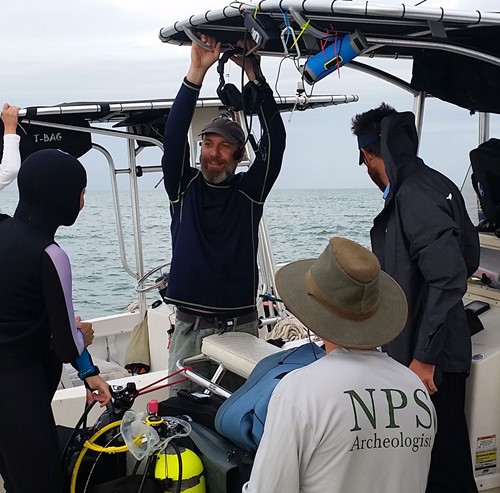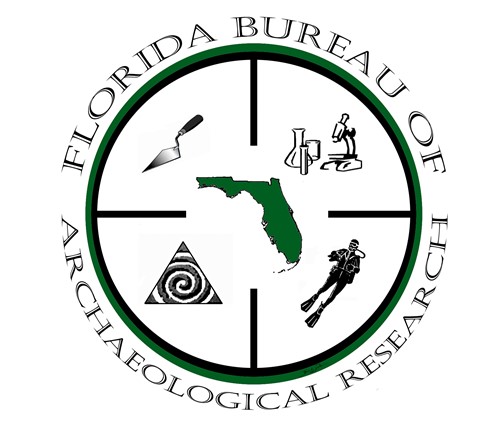Manasota Key Offshore
An unexpected discovery by a fossil hunter diving a quarter-mile off Manasota Key near Venice, Florida, has led to a groundbreaking archaeological project that could change everything scientists thought they knew about offshore archaeology. The Manasota Key Offshore (MKO) site will help archaeologists understand how Florida’s indigenous people lived, and what their environment was like over 7,000 years ago.
The Discovery

An amateur diver first reported possible human remains in the waters just off Manasota Key to the Bureau of Archaeological Research (BAR) in June 2016. Through non-invasive underwater survey and investigation techniques, including magnetometry, sub-bottom profiling, and side-scan sonar, BAR’s underwater archaeologists soon documented evidence of a prehistoric Native American burial site in what appears to have been a freshwater peat-bottomed pond thousands of years ago.
Ongoing archaeological investigation revealed multiple discrete areas containing peat, worked wooden stakes that were used in burial practice, and the remains of multiple individuals. Radiocarbon dating of two stakes dated them to more than 7,200 years old, during the time referred to as the “Archaic Period." When this site was in use, the waters of the Gulf of Mexico were about 30 feet below their current level. Given the site’s depth today – under about 21 feet of water – the pond sat on dry land some nine feet above sea level at this time.
Florida’s archaeological record already includes evidence of Archaic Period pond burials at several sites, including the well-known Windover site in Titusville and Little Salt Spring in Sarasota County. What makes Mansota Key Offshore site remarkable is its location offshore, and the evidence collected through non-invasive remote sensing techniques that will allow scientists to recreate the prehistoric environment – including evidence of ancient springs and rivers.
Globally Significant, Transformative for Florida
The Manasota Key Offshore site represents the first example in the Americas of offshore preservation of the Archaic Period paleoenvironment, including a prehistoric burial site that survived sea level rise since the last ice age. The implications for learning more about how Archaic peoples lived in Florida, the effects of sea-level change on the prehistoric landscape, and the intersection of the two are vast and exciting. Reconstructing the ancient landscape of the area may provide crucial insight into the circumstances that allowed this delicate site to be preserved. This information can be applied to other submerged areas to better understand the effects of sea-level rise on underwater archaeological sites throughout the Gulf of Mexico.




